Harare is hosting a high-level gathering of mining stakeholders, policymakers, civil society groups, and private sector leaders for the planetGOLD Zimbabwe Annual Stakeholders Conference 2025, a two-day engagement aimed at reshaping the future of the country’s artisanal and small-scale gold mining (ASGM) sector.
Held under the theme “Building Together for a Sustainable ASGM Sector,” the conference brings together actors from across the mining landscape to discuss ways to promote responsible, mercury-free gold mining while improving livelihoods and strengthening environmental stewardship.
Chief Engineer in the Ministry of Mines and Mining Development, Michael Munodawafa, reaffirmed government’s commitment to fully formalising the artisanal mining sector and reducing mercury use. He praised the contributions of small-scale miners, describing them as critical drivers of employment and national gold output.
“Most of our artisanal miners may currently be informal, but through the support of the planetGOLD initiative, we aim to transition them into responsible, inclusive, and sustainable miners,” Munodawafa said.
planetGOLD Zimbabwe Project Manager Nyaradzo Mutonhori explained that the initiative is taking a holistic approach that combines formalisation, financial inclusion, mercury-free technology adoption, and knowledge sharing. “Our mission is to help artisanal miners become legally compliant and adopt cleaner, responsible practices that ensure a mercury-free gold supply chain,” she said.
The meeting comes amid record-breaking output from small-scale miners, who continue to outperform large mining houses. Official data shows that gold deliveries rose by 37 percent to 32.98 tonnes in the first nine months of 2025, compared to 24.2 tonnes in the same period last year, putting Zimbabwe on track to hit its 40-tonne target.
Reports from the Parliamentary Portfolio Committee on Mines and Mining Development, however, raised concerns about unfair practices by some large-scale miners exploiting incentives designed for small producers. Despite these challenges, small-scale miners remain the backbone of Zimbabwe’s gold economy, consistently delivering the majority of national output for the past five years.
From 15 tonnes in 2020 to 23.7 tonnes in 2024, artisanal miners have maintained a strong upward trajectory, nearly doubling the output of large-scale producers.
The planetGOLD Zimbabwe project, part of a global initiative operating in 25 countries, supports over 7,500 miners across 11 districts, including Filabusi, Gwanda, Zvishavane, Esigodini, Bubi, Kadoma, Chegutu, Bindura, Mazowe, and Shamva. The project focuses on reducing mercury use in gold production a critical step, as an estimated 96 percent of Zimbabwe’s artisanal gold is currently extracted using mercury.
By bringing together government, miners, and development partners, the 2025 conference marks a defining moment for Zimbabwe’s gold sector signalling a united push toward sustainability, empowerment, and the protection of both people and the planet.


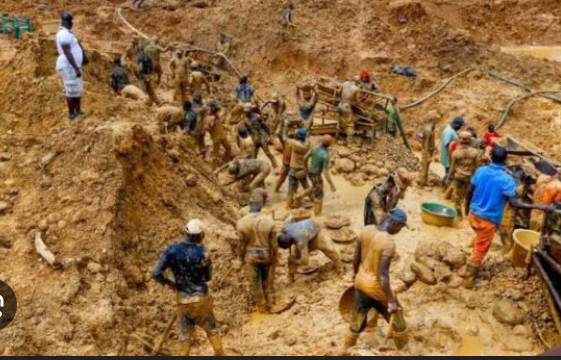

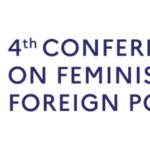

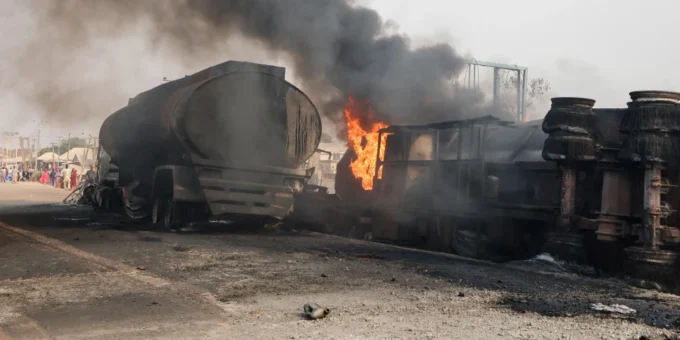
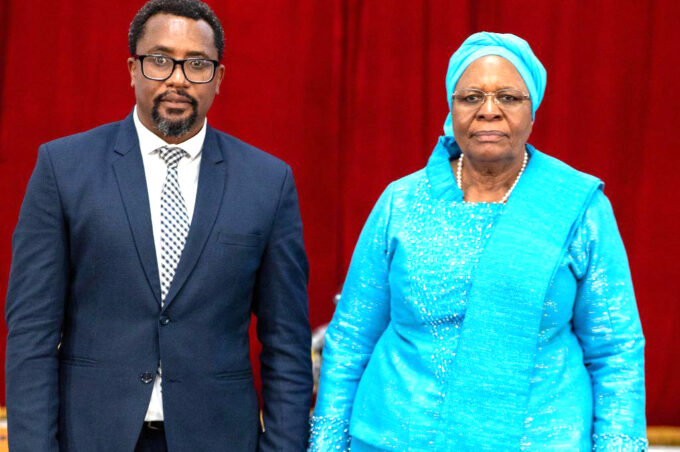
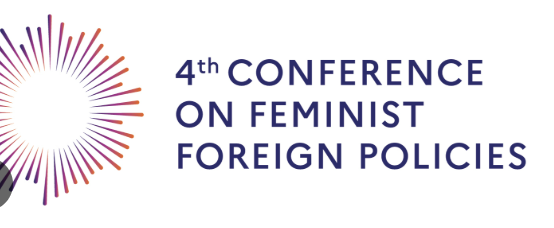
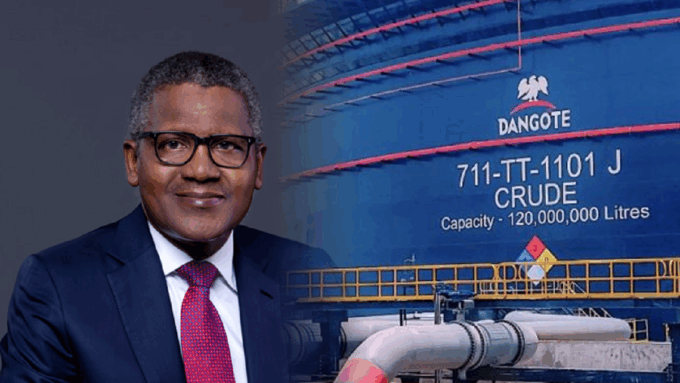




Leave a comment